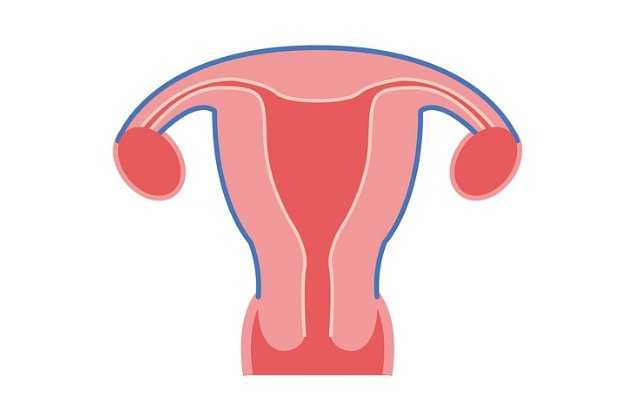What is Endometrial Hyperplasia?
The uterus is composed of three layers, i.e., perimetrium, myometrium, and endometrium. The endometrium is the innermost lining, made up of small epithelial cells that grow under the action of hormones released by the ovaries. It is the endometrium that grows and is shed off during each menstrual cycle, resulting in bleeding. Due to certain alterations in oestrogen levels, this endometrium remains thick, and this condition is known as endometrial hyperplasia. It is not cancer, but in certain cases, it may become cancerous eventually.
What are the main signs and symptoms?
Symptoms of endometrial hyperplasia are not just confined to the uterus; it may produce generalised symptoms as well, which include:
- Abnormal menstrual bleeding (heavy bleeding or more frequent menstruation)
- Bleeding in between periods
- Vaginal bleeding despite menopause
- Anaemia due to excessive blood loss
- Weakness
What are the main causes?
The endometrium is very sensitive to oestrogen and progesterone levels. Usually, oestrogen is the one that stimulates the endometrial lining to grow in thickness. When oestrogen levels are high and progesterone levels are relatively low, it results in endometrial hyperplasia. It usually occurs in females with
- Obesity
- Prolonged use of hormone replacement therapy (HRT)
- Infertility
- Polycystic ovarian disease (PCOD)
How is it diagnosed and treated?
A medical history with a clinical examination reflects endometrial hyperplasia. Certain investigations mentioned below are required to confirm the diagnosis as well as to rule out cancer:
- Pelvic Ultrasound – To reveal the thickness of endometrium and look for the cause
- Transvaginal Ultrasound – To evaluate the changes in the endometrium more accurately
- Hysteroscopy – To view the endometrium using an endoscope
- Endometrial Biopsy – Small tissue samples are taken and evaluated under the microscope to confirm the diagnosis and rule out endometrial cancer
A routine pelvic ultrasound is performed every 2-3 years to rule out further chances of cancer.
Treatment modalities for endometrial hyperplasia include
- Observation – It is the most common technique used because after attaining menopause, in the absence of oestrogen, hyperplasia subsides or symptoms subside.
- Medical Management – The use of progesterone tablets is the usual form of oral therapy in females with pronounced symptoms or having symptoms of vaginal bleeding even after menopause.
- Surgical Management – In certain patients who have persistent symptoms despite medical therapy, the endometrium is scraped by a procedure called endometrial ablation or in extreme cases, the entire uterus with ovaries is removed

 OTC Medicines for Endometrial Hyperplasia
OTC Medicines for Endometrial Hyperplasia















